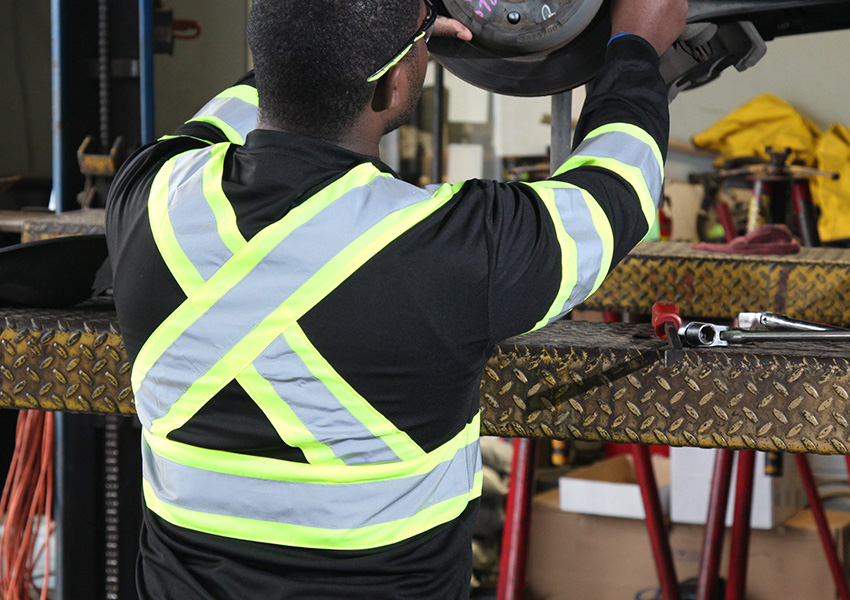THE COMPLIANCE OF VISIBILITY
Hi-Vis Types: Explains the differences between the three main Garment Types (O, R, and P) based on the work environment (Off-Road, Roadway, and Public Safety).
Hi-Vis Classes: Details the Performance Classes (Class 1, 2, and 3) and the minimum required amounts of fluorescent background and retroreflective material for each class.
Regulations: Reviews OSHA standards, specifically where they reference or mandate the use of ANSI/ISEA 107 compliant apparel, such as in highway work zones (often referencing the MUTCD).
The ANSI/ISEA 107 standard is the national guideline for the design, performance, and use of high-visibility apparel. It establishes the criteria for both fluorescent background material (for daytime visibility) and retroreflective material (for nighttime and low-light visibility), ensuring the wearer is seen as a human shape from all angles and at a safe distance.
The latest revision, ANSI/ISEA 107-2020, supersedes the 2015 version and introduces minor changes, primarily concerning testing, single-use coveralls, and labeling, but the core structure of Types and Classes remains the same. If your current apparel is compliant with the 2015 standard, it generally still provides acceptable protection, but staying updated with the 2020 standard is best practice.
The ANSI/ISEA 107 standard organizes high-visibility garments into three distinct Types based on the worker's exposure to vehicular traffic and their operating environment. This is the first decision you make when selecting compliant apparel.
| Garment Type | Work Environment | Example Occupations |
|
Type O (Off-Road) |
Non-roadway environments where workers are not exposed to traffic on public access roadways or temporary traffic control (TTC) zones. |
Warehouse workers, parking lot attendants, machinery operators within a controlled site. |
|
Type R (Roadway |
Environments that include exposure to roadway traffic, right-of-ways, or TTC zones. These are the most common garments for construction and road maintenance. |
Flaggers, utility workers, road construction crews, survey crews. |
|
Type P (Public Safety) |
Environments for emergency and incident responders who need high visibility but also require special access to their duty gear. These garments offer a smaller background material area than Type R in the same class to allow for more equipment access. |
Law enforcement, fire, and EMS personnel on scene. |
Once the correct Type is determined, the required Performance Class dictates the minimum amounts of high-visibility material. The class selection is crucial and should be based on a site-specific risk assessment considering traffic speed, proximity to vehicles, and weather/lighting conditions.
| Performance Class | Risk Level/Traffic Speed |
Minimum Background Material (in²) |
Minimum Retroreflective Material (in²) |
Key Requirements |
|
Class 1 |
Lowest visibility/low risk. Traffic speed typically under 25 mph and work is separated from traffic. |
217 in² |
155 in² |
Minimum coverage, often a basic vest. Only available as Type O. |
|
Class 2 |
Moderate visibility/higher risk. Traffic speed typically exceeds 25 mph. Worker's attention may be diverted from traffic. |
775 in² |
201 in² |
Mandatory minimum for many roadway work zones (Type R). Provides enhanced conspicuity. |
|
Class 3 |
Highest visibility/highest risk. Traffic speed exceeds 50 mph or work must be performed in very poor visibility conditions. |
1240 in² |
310 in² |
Must fully encircle the torso and include sleeves or pants (as an ensemble). Required for maximum conspicuity and identification as a person. |
Class E is a supplemental classification for high-visibility pants, bib overalls, or shorts. A Class E garment cannot be worn alone for compliance. When a Class E garment is paired with a Class 2 (Type R or P) upper-body garment, the entire ensemble is rated as Class 3.
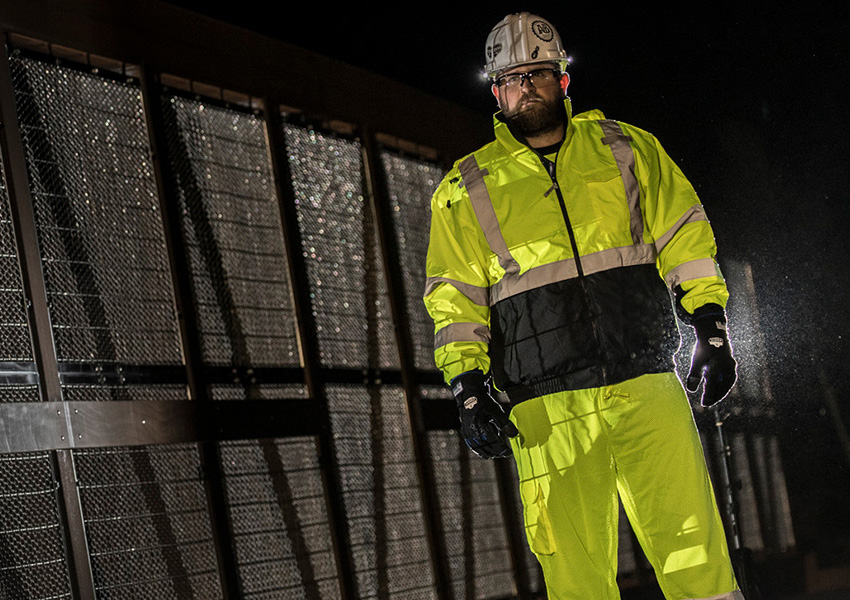
HOW HI-VIS WORKS
This piece delves into the technical elements that make a garment "high-visibility."
Color Selection: Outlines the three approved fluorescent colors (Yellow-Green, Orange-Red, and Red) and the specific environments where one may be more effective than the others (e.g., contrasting with the work background).
Retroreflection: Explains how retroreflective material works, the required striping width and configuration to ensure 360-degree visibility, and how striping on limbs highlights "biomotion" for greater recognition.
Design & Coverage: Covers the concept of 360-degree visibility and the difference in coverage requirements between basic vests and full clothing sets (Class 3 requires material on the limbs).
In many workplaces, being seen isn't just a recommendation – it's a critical safety measure. High-visibility (hi-vis) clothing is designed to make workers stand out from their environment, significantly reducing the risk of accidents, especially in low-light conditions or busy work zones.
But what exactly makes a garment "high-visibility"? It's a precise combination of fluorescent colors, retroreflective materials, and thoughtful 360-degree design, all backed by rigorous scientific principles and industry standards like those from ANSI/ISEA and OSHA.
According to ANSI/ISEA 107, the standard for High-Visibility Safety Apparel, there are three approved fluorescent colors for hi-vis garments:
The choice of color isn't arbitrary; it's about maximizing contrast with the work background. For example, a highway worker against a backdrop of green trees and blue sky might benefit more from fluorescent orange-red, whereas a construction worker against concrete and machinery might be better served by fluorescent yellow-green.
Beyond static visibility, reflective striping on limbs serves another vital purpose: highlighting biomotion. The human brain is incredibly adept at recognizing the characteristic motion of a human body, even from minimal visual cues.
When reflective strips are placed on a worker's knees, ankles, elbows, and wrists, the movement of these points creates a distinct pattern of light that is immediately recognizable as a person moving. This "pattern of motion" helps drivers and equipment operators identify a human presence far more quickly than if only the torso were visible.
The ANSI/ISEA 107-2020 standard specifies performance requirements for high-visibility safety apparel (HVSA). Garments are categorized by Type, which relates to the intended work environment, and Performance Class, which dictates the minimum amount of high-visibility materials required.
The three Garment Types are:
The table below details the minimum required amounts for the various materials and the minimum width of the retroreflective material for each applicable Type and Performance Class. All measurements are for the full garment.
| Garment Type | Performance Class | Background Material (Minimum Amount) | Retroreflective Material (Minimum Amount) | Width Minimums of Retroreflective Material |
|
Type O (Off-Road) |
Class 1 |
217 in² |
155 in² |
1 inch |
|
Type R (Roadway) |
Class 2 |
775 in² |
201 in² |
1.38 inches (or 1 inch for split trim designs)
|
|
|
Class 3 |
1240 in² |
310 in² |
2 inches (or 1 inch for split trim designs) |
|
Type P (Public Safety) |
Class 2 |
450 in² |
201 in² |
2 inches (or 1 inch for split trim designs) |
|
|
Class 3 |
775 in² |
310 in² |
2 inches (or 1 inch for split trim designs) |
COMING SOON
HI-VIS FOR THE WHERE AND HOW OF WORK
This article guides you through the FRC selection process based on job site conditions and hazards.
Worksite Conditions: Explains how to assess traffic speed and proximity (the main driver for Class selection), visual complexity of the background, and light conditions (day vs. night).
Vests VS. Full Clothing: Details the functional and compliance differences between Hi-Vis Vests (often Class 1 or 2) and Full Clothing Sets such as jackets, coveralls, shirts, and pants; often required for Class 3 or Class E ensembles.
Specialty Hazards: Discusses specialized garments, such as those with Flame Resistance (FR) or Arc Flash protection that must also meet ANSI/ISEA 107 standards and breakaway features for environments with moving machinery.
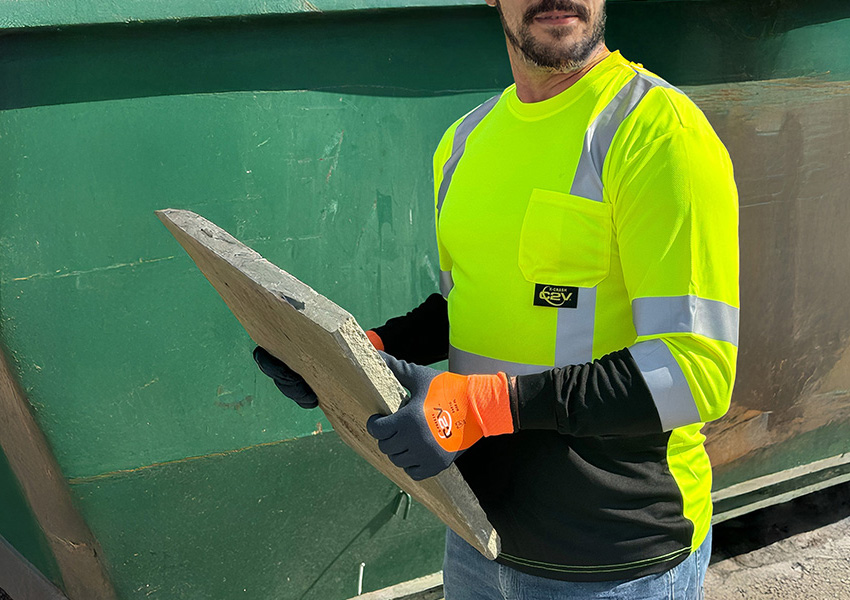
COMING SOON
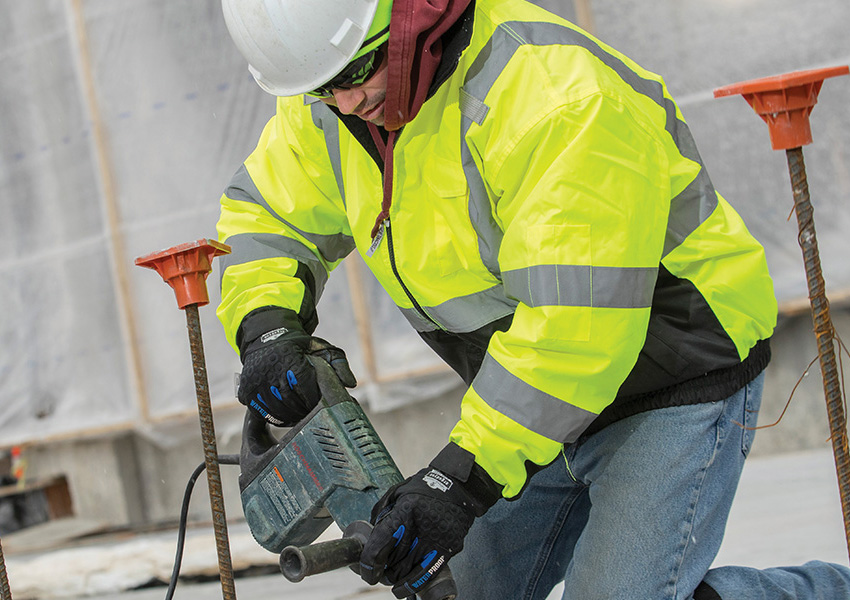
STAYING VISIBLE IN ANY WEATHER
How temperature and weather extremes affect comfort, compliance, and material performance.
Temperature Extremes: Explores insulated/thermal high-vis gear for cold weather and breathable/moisture-wicking materials for hot environments, ensuring workers don't remove crucial outer layers due to discomfort.
Weather Resistance: Covers waterproof and water-resistant high-vis rainwear and outerwear, highlighting the importance of not covering compliant garments with non-compliant outerwear.
Visibility in Adverse Conditions: Discusses how fog, rain, and snow increase the risk, making Class 3 (maximum visibility) garments even more critical.
COMING SOON
MAXIMIZING HI-VIS LONGEVITY
A practical guide on cleaning, storage, and general maintenance to preserve the garment's protective features.
Cleaning Procedures: Emphasizes the importance of following manufacturer care labels to prevent fading of the fluorescent material or damage to the retroreflective tape (which reduces visibility).
Soiling and Contamination: Explains how soiling (dirt, oil, grease) or covering with other items (logos, non-reflective gear) can degrade performance and lead to non-compliance.
Storage: Provides recommendations for proper storage to avoid creases or damage to the reflective materials.
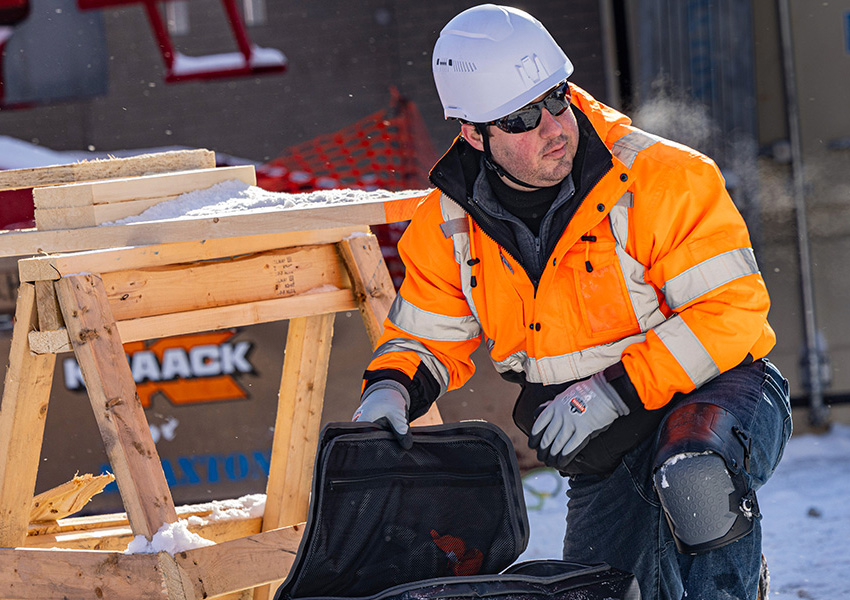
COMING SOON
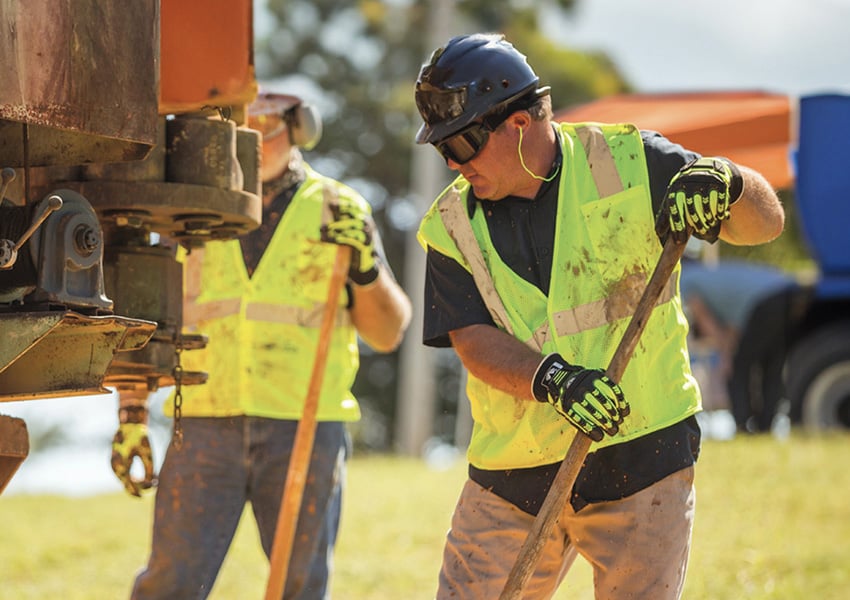
KNOW WHEN YOU NEED NEW GEAR
This article addresses the mandatory inspection and replacement protocols for safety apparel.
Inspection Criteria: Outlines a simple, routine pre-use inspection checklist for workers, focusing on signs of damage: tears, abrasions, fading, or loss of retroreflective material.
Retirement Criteria: Establishes clear guidelines for when a garment must be retired and replaced, based on physical damage or visible degradation of the fluorescent or reflective properties.
Lifespan & Durability: Discusses the concept of effective lifespan and how exposure to harsh chemicals, UV light, and repeated laundering can limit the garment's ability to maintain minimum ANSI/ISEA 107 performance standards.
COMING SOON
SAFETY STANDARDS SUMMARIZED
Focuses on garments that do not meet the full ANSI/ISEA 107 standard but are used for enhanced corporate or internal visibility.
Supplemental Class E: Explaines that Class E items (like hi-vis pants or bibs) are designed to be worn with a Class 2 or 3 upper garment to achieve an even higher combined classification (e.g., Class 3).
Non-ANSI Enhanced Visibility: Defines Non-ANSI/Enhanced Visibility clothing, which is suitable only for environments with minimal or no exposure to roadway traffic or complex backgrounds.
The Compliance Gap: Reiterates that non-compliant gear is not a substitute for ANSI/ISEA 107-rated clothing where OSHA or other regulatory bodies (like MUTCD) mandate a specific performance class.
